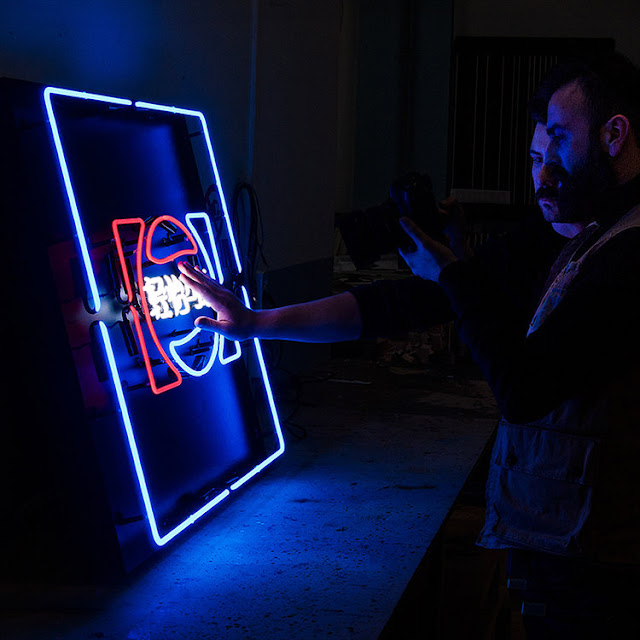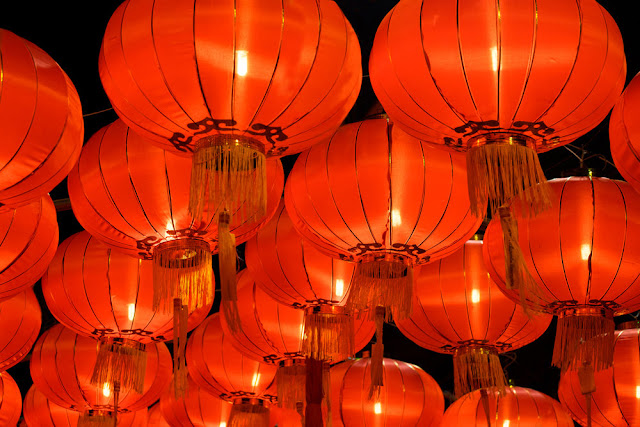The Chinese language, namely Standard Mandarin, is the official language of China and is used in Mongolia, Singapore and Taiwan, among others.
Overview In its written form, it’s most commonly used in Simplified Chinese or Traditional Chinese (although there are many more dialects and written forms). Generally speaking, you can associate Simplified Chinese with the spoken language of Mandarin and Traditional Chinese with the spoken language of Cantonese. Chinese is a language group consisting of many languages, some 13 main dialects, some of which include Standard Chinese/Mandarin, Yue (Cantonese), Wu (Shanghaiese), Minbei (Fuzhou), Minnan (Hokkien-Taiwanese), Xiang, Gan and Hakka dialects. These are mutually unintelligible to varying degrees, with Standard Chinese/Mandarin (Putonghua, based on the Beijing dialect) being the national language spoken by more than 70% of the population. Traditional vs. Simplified Chinese Translation Traditional and Simplified Chinese are the two main written forms for Chinese characters. Simplified is most commonly referred to as ‘Spoken Mandarin’ whilst Traditional Chinese can be associated


